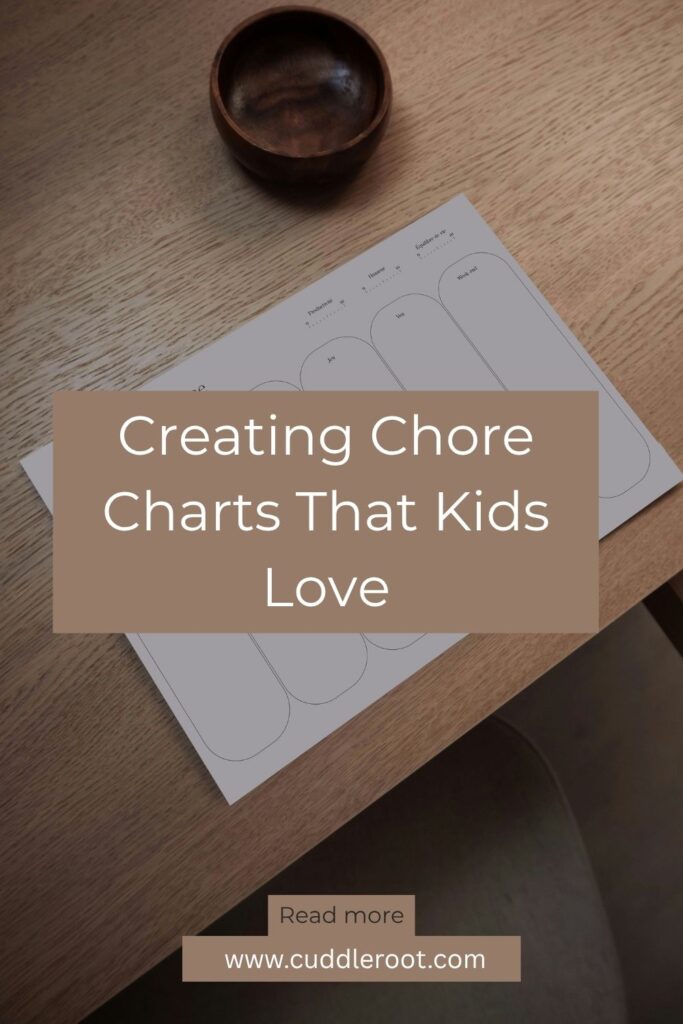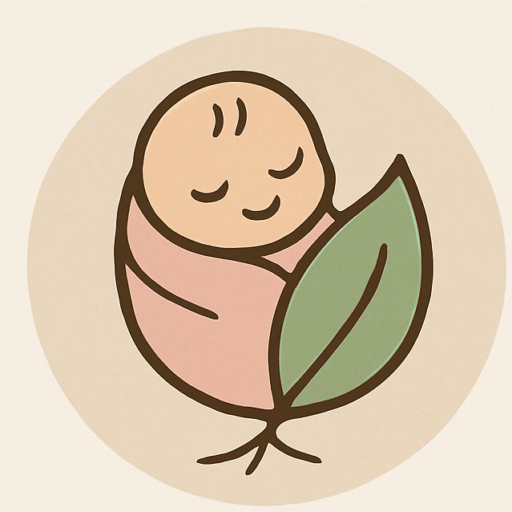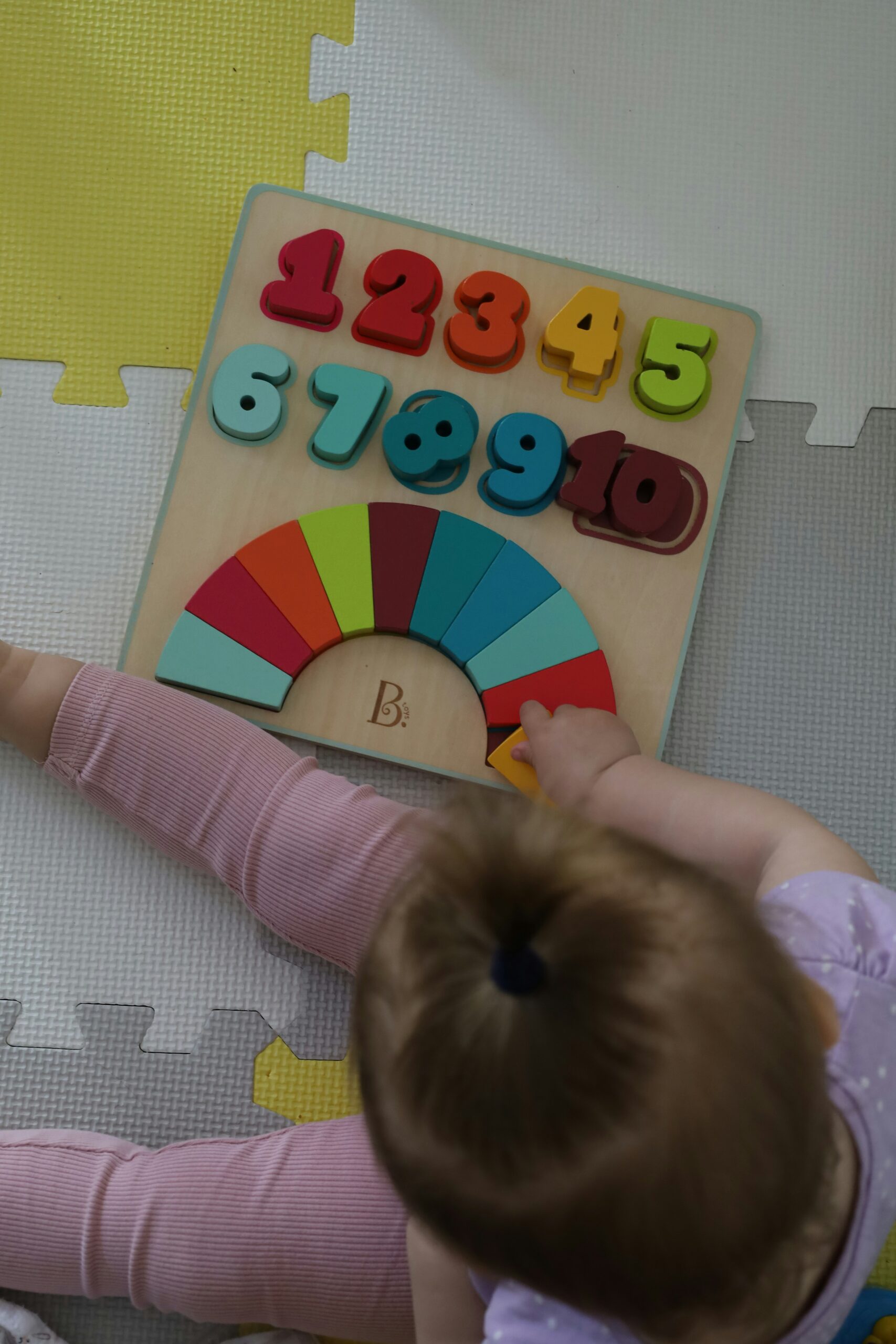Creating Chore Charts That Kids Love
It started with the same tug-of-war every morning—shoes left on the floor, snack wrappers on the couch, and a little voice insisting, “I didn’t make that mess!” I was exhausted from repeating myself, from the sighs and side-eyes, and mostly from feeling like the only one who cared about keeping the house in order. But one afternoon, in a moment of desperation, I sketched out a simple “helper chart” on a piece of paper with stickers. To my surprise, my toddler lit up. That small shift taught me something big: when we make responsibility feel like a game instead of a lecture, little ones lean in—joyfully.

Why Chore Charts Work for Toddlers
Chore charts give toddlers a sense of structure, ownership, and most importantly—pride. When they see their own name and check off boxes or add stickers, they start to feel important. That feeling is the foundation for building long-term responsibility.
- Toddlers crave routines. Chore charts bring predictability and comfort.
- Visuals help them understand tasks without constant reminders.
- Completing chores builds self-esteem and a sense of contribution.
This isn’t about enforcing perfection. It’s about inviting your toddler into the rhythm of family life—with warmth, not pressure.
Keep It Age-Appropriate
A chore chart should never feel like a punishment. For toddlers (ages 2–4), think of it more like a “helper chart” that encourages participation, not performance.
Here are some perfect toddler-friendly tasks:
- Putting toys back in bins
- Placing dirty clothes in the laundry basket
- Wiping up small spills
- Feeding the pet with help
- Throwing away trash
- Helping to set the table with napkins or spoons
Keep it simple and quick—something they can do in under 2 minutes.

Make It Visual and Fun
Toddlers are visual learners. Use bright colors, stickers, pictures, and happy faces to make the chart feel inviting.
Tips for visual success:
- Use photos or drawings of each chore (e.g., a teddy putting away blocks).
- Let your toddler decorate their chart with crayons or markers.
- Use Velcro pieces or magnetic icons they can move to a “done” column.
- Choose fun themes like superheroes, animals, or princesses.
When chores feel playful, they don’t feel like work.
Start With One or Two Tasks
Less is more, especially in the beginning. Pick just one or two daily responsibilities your child can master. You want them to feel successful right away.
For example:
- Morning chore: “Put pajamas in the basket.”
- Evening chore: “Place books on shelf after story time.”
Once those feel easy, you can slowly add more. Avoid overwhelming your toddler with a full grid of boxes—think bite-sized steps instead.

Use Stickers or Tokens as Rewards
While long-term intrinsic motivation is the goal, young toddlers respond well to small, immediate rewards like stickers, stars, or smiley faces.
Ideas:
- A sticker for each completed task
- 5 stickers = a special storytime or dance party
- A marble in a jar each time they help
The key is praise over prizes. Say things like:
“You remembered to put your shoes away! That’s such a big helper move.”
Even if they don’t do the chore perfectly, celebrate their effort.
Involve Them in Creating the Chart
When toddlers help design their chart, they feel like it belongs to them.
Ways to involve them:
- Let them pick the paper color or theme
- Ask which tasks they want to do (give 2–3 easy choices)
- Name the chart together (e.g., “Lila’s Super Star Chart”)
Making them co-creators boosts their excitement and commitment.
Turn It Into a Daily Ritual
Consistency is comforting for toddlers. Set a predictable “chore time” so they know when to expect it.
Ideas:
- Morning helper chart before breakfast
- Evening chart check-in after brushing teeth
- “Sticker Time” just before bedtime stories
Use the same calm tone and gentle prompts each day. Over time, they’ll start reminding you it’s sticker time!
Offer Encouragement, Not Pressure
It’s important to stay patient. Some days your toddler will be all-in. Other days, they may resist. That’s okay.
Instead of:
“You have to clean up or no sticker!”
Try:
“Let’s be a team and clean up together—then we can pick your sticker!”
Keep it light. Focus on connection over compliance. When you model joy in helping, they mirror that energy.

Be Flexible and Gentle With Expectations
Life happens. Maybe your toddler had a meltdown during lunch and didn’t feed the dog. That doesn’t mean the chart is a failure.
Allow room for:
- Skipped tasks without shame
- Rest days
- Switching out chores when needed
The goal isn’t perfection—it’s building habits over time. If the chart feels stressful, pause and simplify.
Celebrate Progress (Not Just Results)
Notice and name the growth you see in your toddler’s effort.
Say things like:
- “You remembered without me saying anything!”
- “Last week you needed help, but today you did it on your own!”
- “You were so focused while picking up—wow!”
These moments build a toddler’s inner voice that says, “I can do hard things.”
Sample Chore Chart Template
Here’s a simple example layout you can recreate on paper, Canva, or a magnet board:
| Day | Morning Task | Evening Task | Sticker/Reward |
|---|---|---|---|
| Mon | Put PJs away | Put toys in bin | ⭐ |
| Tue | Brush teeth with help | Wipe table | ⭐ |
| Wed | Feed pet (with mom) | Books on shelf | ⭐ |
Keep it flexible. Start with just two days if needed. The goal is fun, not friction.
Final Thoughts
Chore charts aren’t about controlling your toddler—they’re about inviting them into shared responsibility with love. When done gently, these charts build confidence, predictability, and a sense of pride in being a valued part of the family.
So if you’re feeling like the only one who sees the mess, take a breath. You don’t need to do it all alone. With a little chart, a few stickers, and lots of cheerleading, your toddler can become a happy helper—one small win at a time.
💛 Save This Idea on Pinterest!
Found this helpful? Pin this post to your gentle parenting or toddler tips board so you can revisit it anytime! And tell us in the comments—what chores does your toddler enjoy most?





